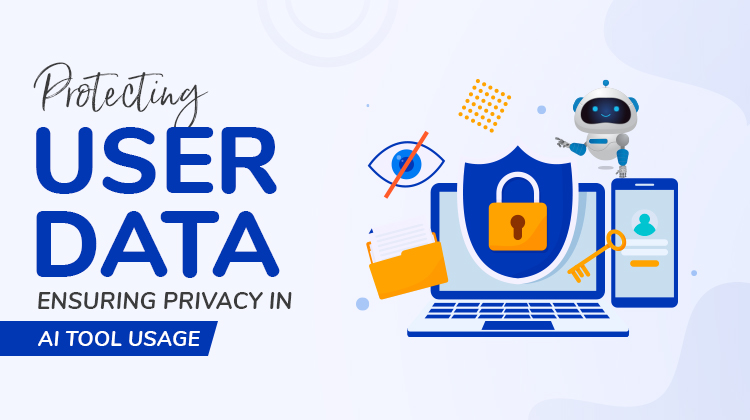In today’s digital era, Artificial Intelligence (AI) tools have become an integral part of our daily lives. From voice assistants to recommendation systems, AI tools are transforming how we interact with technology.
However, amidst their convenience and power, it is crucial to prioritise the protection of user data and ensure privacy. In this blog, we will explore strategies for safeguarding user data in AI tool usage, as we navigate the evolving landscape of technology and privacy.
Understanding AI Tools:
To begin, let’s understand what AI tools are and their widespread applications. AI tools are intelligent systems that can analyse data, learn from patterns, and make informed decisions.
These tools are used in various fields, such as healthcare, finance, and marketing, to automate tasks and provide valuable insights. While AI tools offer immense benefits, it’s important to acknowledge the potential risks associated with their usage, including privacy concerns.
The Significance of User Data:
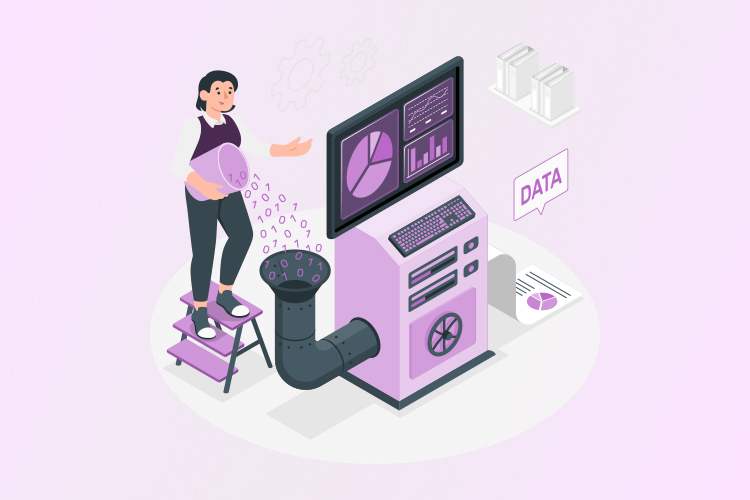
User data plays a crucial role in the functionality of AI tools. It refers to the information collected from individuals while they interact with AI systems. This data can include personal details, browsing history, and preferences.
By analysing user data, AI tools can improve their algorithms, deliver personalised experiences, and tailor recommendations. Recognizing the significance of user data underscores the need to protect it from unauthorised access or misuse.
Privacy Concerns in AI Tool Usage:
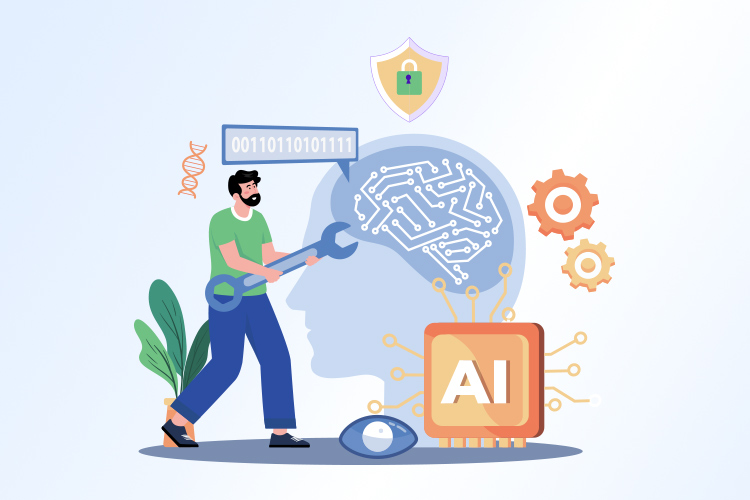
The rise of AI tools has brought forth privacy concerns that need our attention. The potential risks and implications of data privacy breaches cannot be ignored. Recent incidents have highlighted the profound impact privacy breaches can have on individuals, compromising their personal information and eroding trust. This calls for proactive measures to protect user data and mitigate potential privacy risks associated with AI tool usage.
Strategies for Ensuring Privacy in AI Tool Usage:
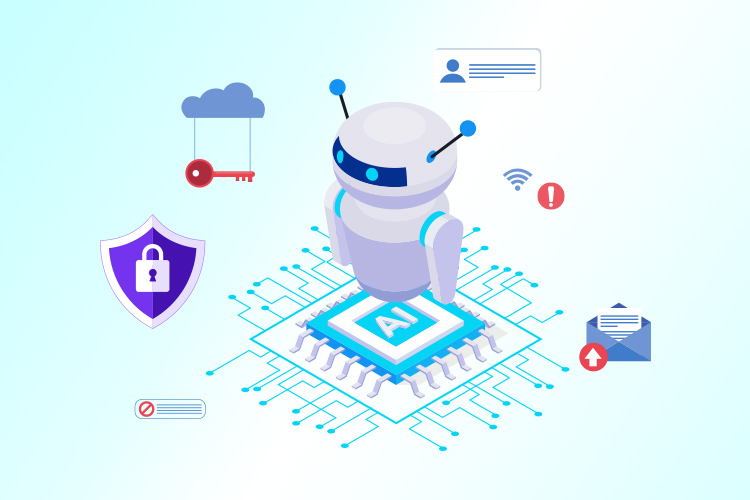
To safeguard user data, several strategies can be implemented. First and foremost, user education and awareness are crucial. By promoting understanding of data collection practices, users can make informed decisions about the tools they choose to engage with. Reading privacy policies and terms of service helps users comprehend how their data is handled.
Strong data protection measures are paramount in preserving privacy. Implementing robust encryption techniques ensures that user data remains secure throughout its lifecycle. Moreover, strict measures should be in place to securely store and transmit user data, minimising the risk of unauthorised access or data breaches.
Transparent data handling practices are equally important. Service providers must communicate clearly how user data is used and shared. By providing users with control over their data through consent mechanisms, individuals can make choices regarding the extent to which their data is utilised.
Regulatory Frameworks and Legal Protections:
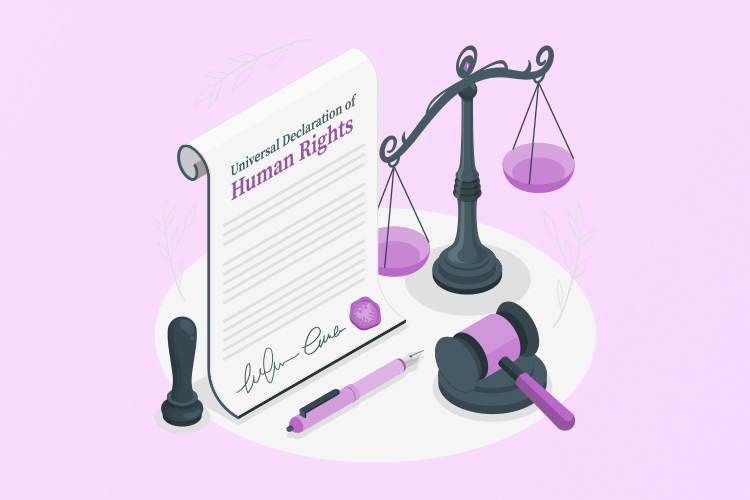
In the realm of privacy and AI tool usage, existing data protection laws and regulations serve as crucial safeguards for user data. Governments and organisations have a responsibility to ensure compliance with these regulations and establish a comprehensive framework that effectively protects user privacy.
In addition to data protection laws such as the General Data Protection Regulation (GDPR) in Europe or the California Consumer Privacy Act (CCPA) in the United States, several government agencies worldwide have taken steps to address data privacy concerns and protect user data. These agencies play a significant role in establishing guidelines and enforcing regulations to ensure the responsible handling of personal information.
In the United States, the Federal Trade Commission (FTC) is a prominent government agency responsible for protecting consumers’ privacy rights. The FTC enforces privacy regulations and takes action against companies that engage in unfair or deceptive practices. It provides guidance on privacy best practices and investigates privacy breaches, working to safeguard user data.
Canada has the Office of the Privacy Commissioner (OPC), which oversees privacy-related matters and enforces the Personal Information Protection and Electronic Documents Act (PIPEDA). The OPC works to ensure that organisations handle individuals’ personal information responsibly and provides guidance on privacy practices.
The United Kingdom’s Information Commissioner’s Office (ICO) is another notable authority that upholds information rights and enforces the GDPR. The ICO offers guidance on data protection practices, investigates data breaches, and has the power to impose penalties for non-compliance.
Other countries have their own data protection authorities and regulations. Australia, for example, has the Office of the Australian Information Commissioner (OAIC), which oversees privacy matters and enforces the Australian Privacy Act. India has the Personal Data Protection Bill, currently in the legislative process, which aims to establish comprehensive data protection regulations. Brazil implemented the General Data Protection Law (LGPD), which regulates the processing of personal data in the country.
These government agencies and regulatory frameworks demonstrate the global recognition of the importance of protecting user data. By establishing guidelines, enforcing regulations, and providing guidance, these authorities work to ensure that organisations obtain informed consent, maintain transparency in data handling practices, and offer individuals control over their personal information.
While the specific government agencies and regulations may vary from country to country, the overarching goal remains consistent: to establish robust frameworks that safeguard user data, protect privacy, and hold organisations accountable for responsible data practices. Collaboration among these agencies, along with international cooperation, helps promote a privacy-centric approach to AI tool usage on a global scale.
The Future of Privacy in AI Tool Usage:

Looking ahead, the future of privacy in AI tool usage is filled with promising advancements. Emerging technologies are paving the way for enhanced data privacy, ensuring that individuals can enjoy the benefits of AI while maintaining their personal privacy. Two key techniques that deserve attention are federated learning and differential privacy.
Federated learning is a groundbreaking approach that allows AI models to be trained on decentralised data sources. Instead of transferring user data to a central server for analysis, federated learning enables the training of AI models directly on user devices.
This method ensures that sensitive data remains on users’ devices, preserving individual privacy. By collaborating on a global scale, AI models can learn from diverse data sources without compromising the privacy of individual users.
Another technique gaining traction is differential privacy. It focuses on adding noise to data before analysis, making it difficult to identify specific individuals within the dataset.
Differential privacy allows organisations to gather insights from aggregated data while safeguarding individual privacy. By incorporating privacy-preserving mechanisms into the core of AI algorithms, differential privacy offers a strong foundation for protecting user data.
In addition to technical advancements, ethical considerations must guide AI development and usage. Responsible practices that prioritise user privacy should be at the forefront. Technology companies should adopt privacy-by-design principles, ensuring that privacy is embedded into the development process of AI tools. Transparent data handling practices and clear communication with users are essential in building trust and empowering individuals to make informed choices about their data.
Collaboration among stakeholders is crucial in building a privacy-centric AI ecosystem. Individuals, technology companies, policymakers, and privacy advocates must come together to establish robust frameworks and standards for data privacy. Open dialogue and cooperation will help shape regulations that strike a balance between innovation and privacy protection. By aligning interests and sharing best practices, we can create an environment that fosters responsible AI tool usage while safeguarding user data.
Conclusion:
Protecting user data and ensuring privacy in AI tool usage is of utmost importance. As AI continues to advance, we must prioritise the safeguarding of user data. By promoting user education, implementing strong data protection measures, and fostering transparent data handling practices, we can create a secure environment. Governments, organisations, and individuals must unite to advocate for stronger privacy regulations and enforcement.


